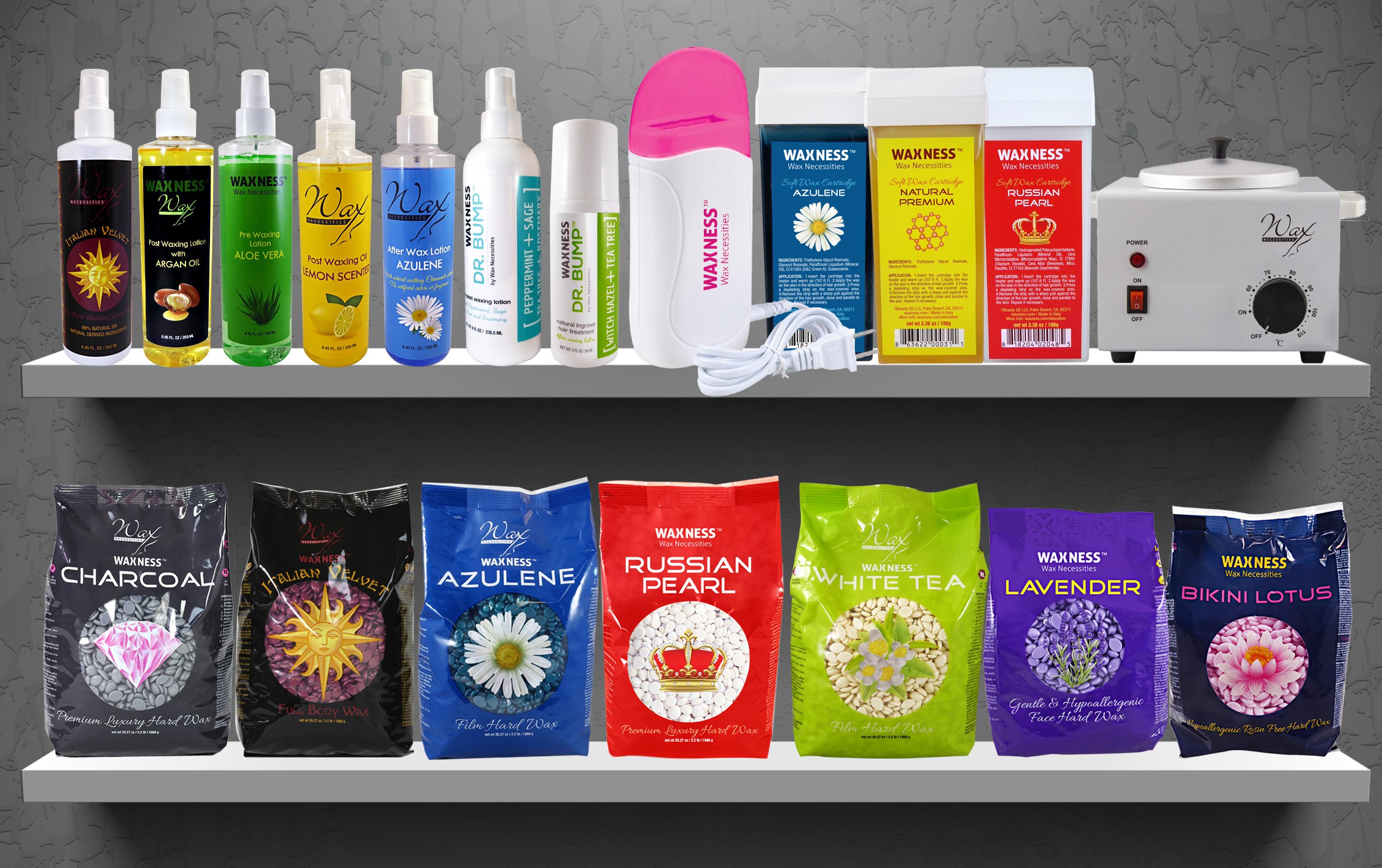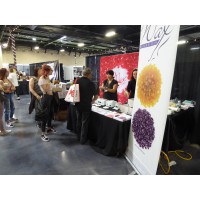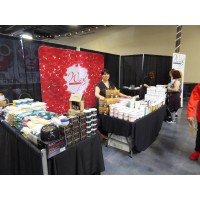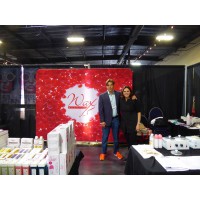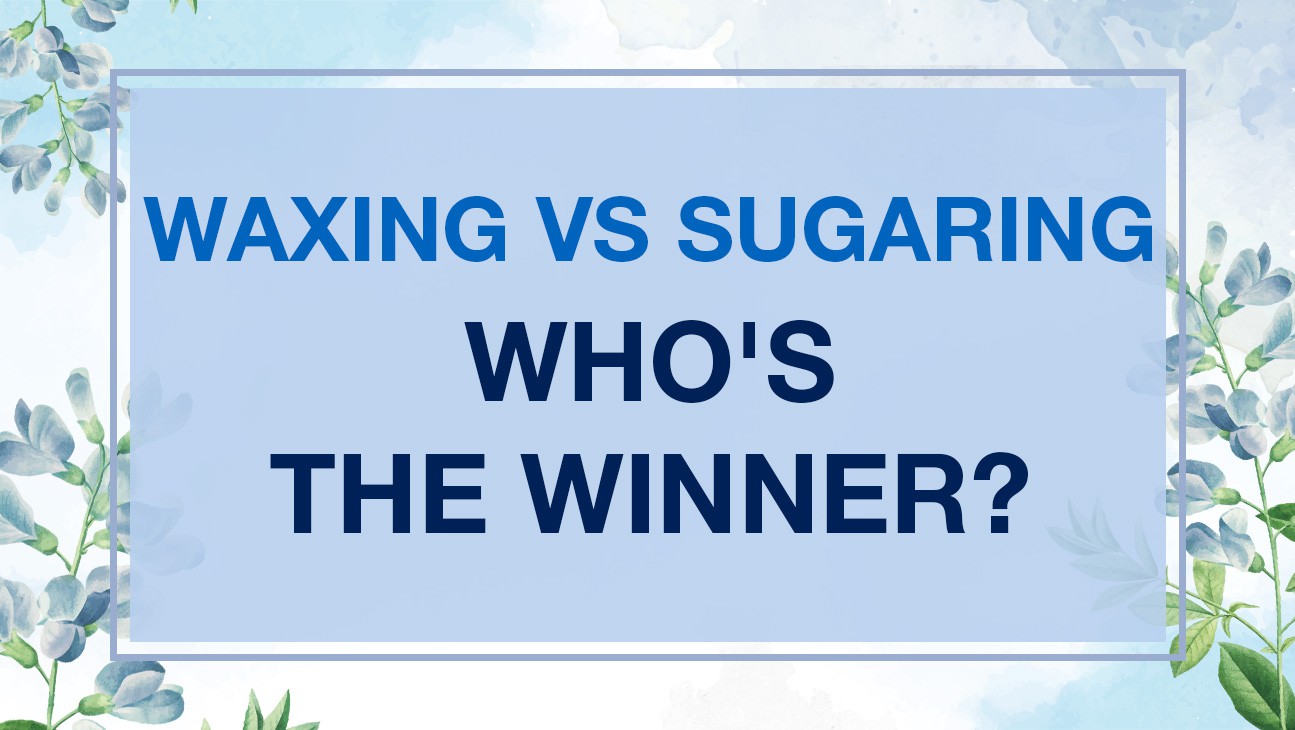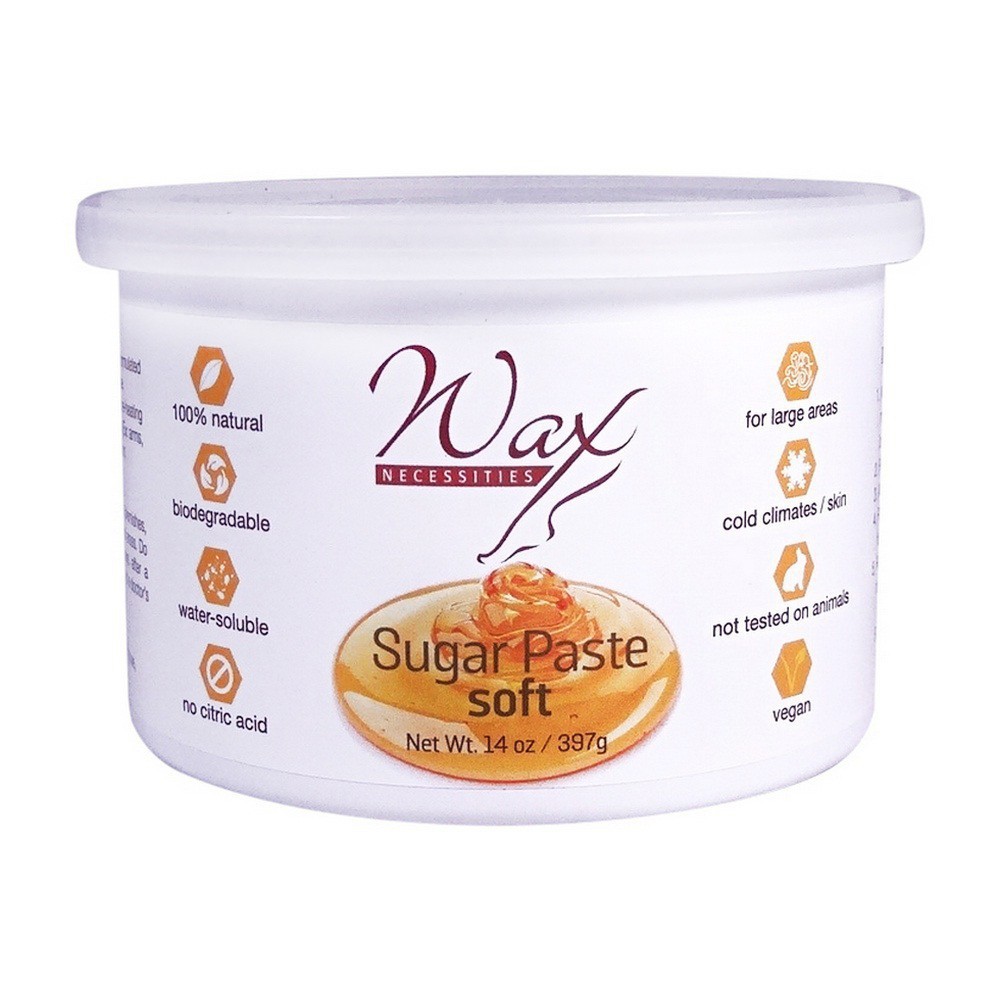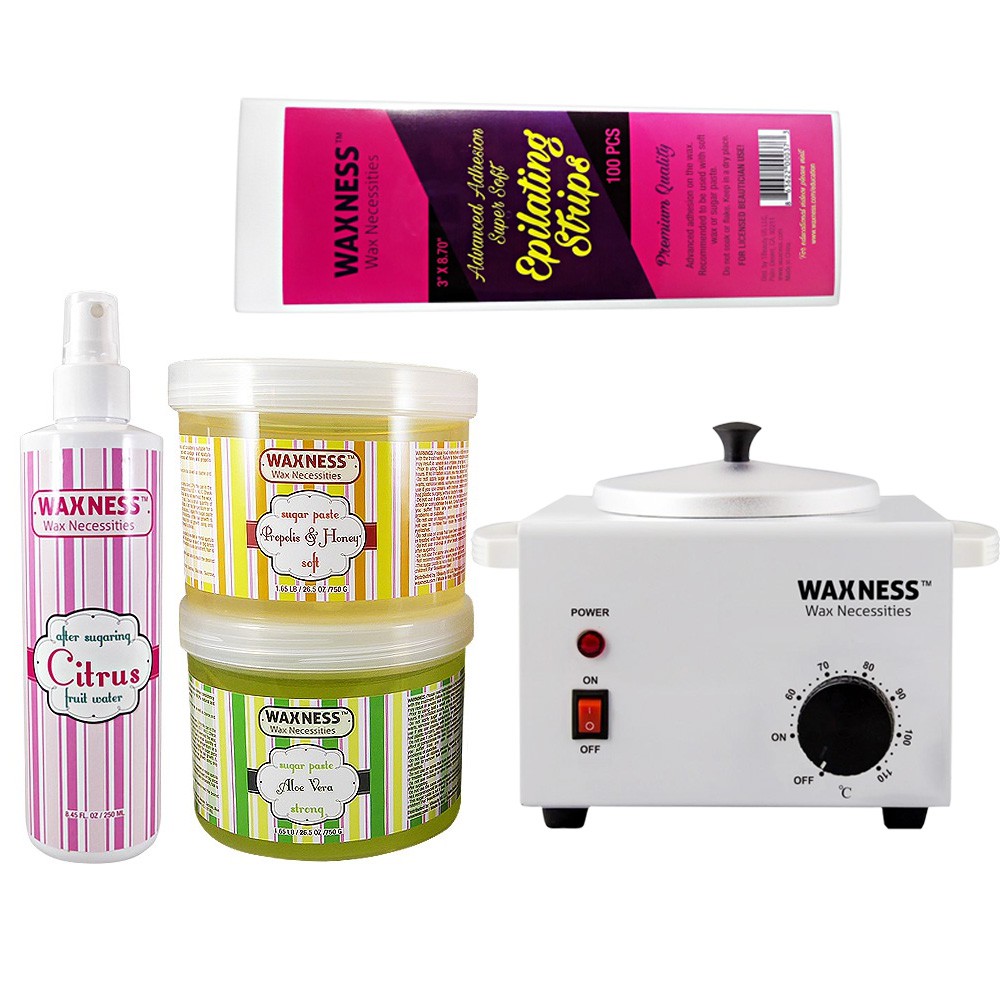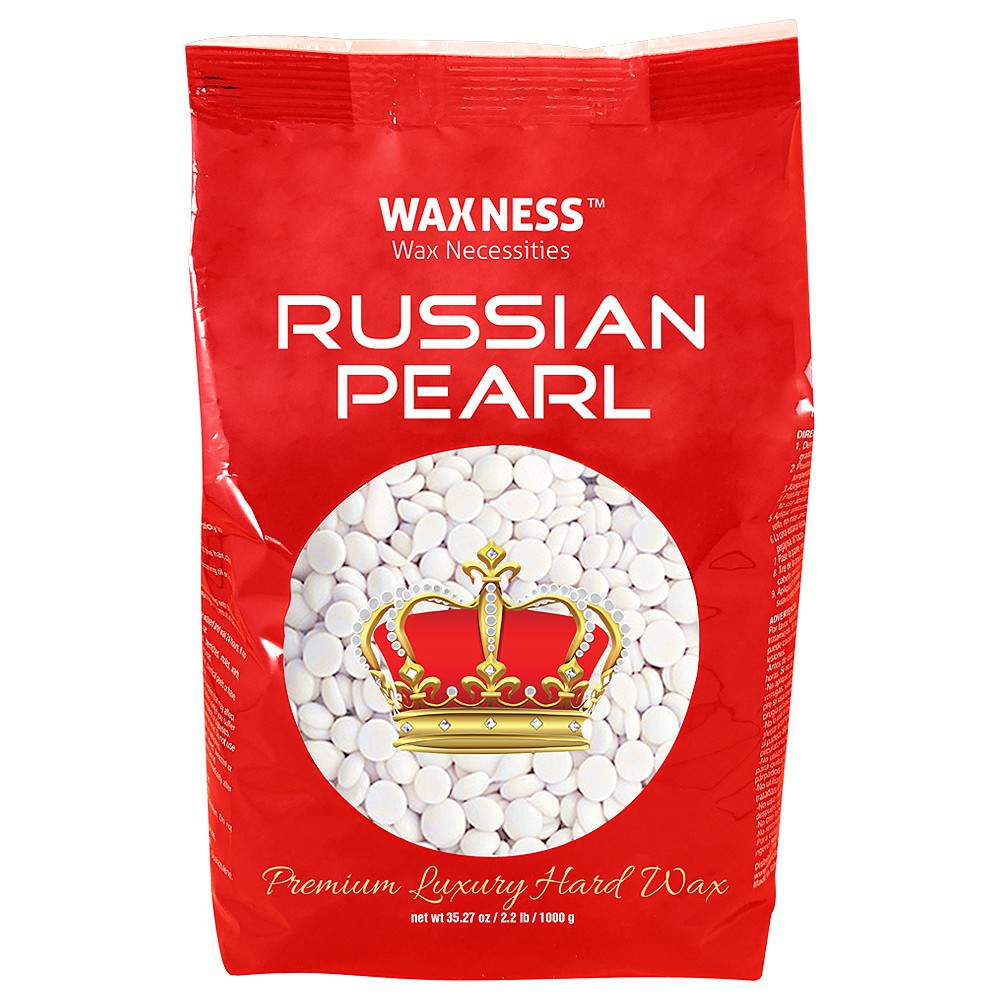March 8-10, 2026. Be+Well - Beauty and Wellness Show, New York!
Blog Search
Blog
-
Premiere Anaheim ShowNovember 19th 2025Posted in: ShowsPosted on November 19th 2025Read more ...
February 1-2, 2026. Premiere Anaheim - the Ultimate Beauty Experience in Anaheim, California!
-
ICES Long Beach, CaliforniaOctober 8th 2025Posted in: ShowsPosted on October 8th 2025Read more ...
August 23 - 24, 2026. The leading industry event for skin care and spa professionals!
-
ICES Dallas, TexasJuly 12th 2025Posted in: ShowsPosted on July 12th 2025Read more ...
May 17-18, 2026. The International Congress of Aesthetics and Spa
-
Waxness won the best value waxing brand in the US!March 26th 2025Posted in: NewsPosted on March 26th 2025Read more ...
We are so grateful to be nominated as best “Value Waxing Brand in the US” for Dermascope Magazine’s 2025...
Popular posts
-
 REFERRAL PROGRAM – SPREAD THE NEWS AND GET REWARDSPosted in NewsAugust 13th 2020Are you currently using our wax and you are happy with it? We would like to reward you for your fidelity. If you tell...Read more ...
REFERRAL PROGRAM – SPREAD THE NEWS AND GET REWARDSPosted in NewsAugust 13th 2020Are you currently using our wax and you are happy with it? We would like to reward you for your fidelity. If you tell...Read more ... -
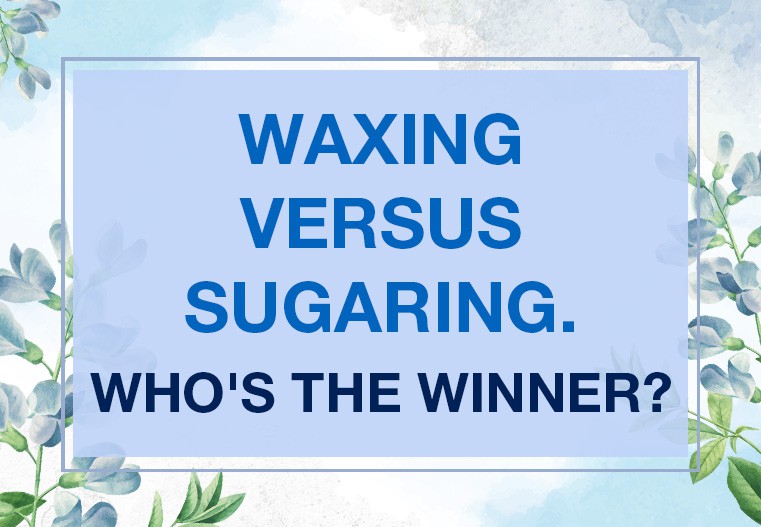 Waxing versus sugaring. Who's the winner?Posted in EducationSeptember 21st 2020Waxing is preferred by most beauticians. But lately the sugaring is in fashion. Why? Does it worth switch from waxing...Read more ...
Waxing versus sugaring. Who's the winner?Posted in EducationSeptember 21st 2020Waxing is preferred by most beauticians. But lately the sugaring is in fashion. Why? Does it worth switch from waxing...Read more ... -
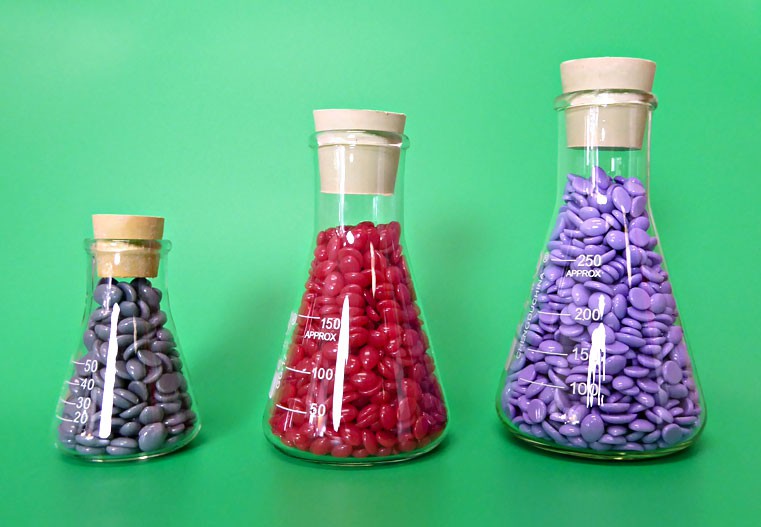 What is in your wax?Posted in EducationJanuary 9th 2020Wax is becoming increasing popular each year. Naturally more brands have appeared...Read more ...
What is in your wax?Posted in EducationJanuary 9th 2020Wax is becoming increasing popular each year. Naturally more brands have appeared...Read more ... -
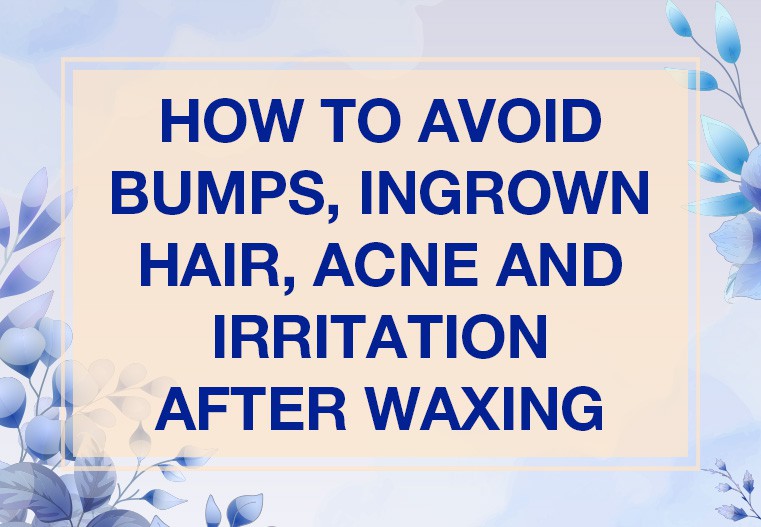 How to avoid Bumps, Ingrown Hair, Acne and Irritation after WaxingPosted in EducationAugust 9th 2020No matter what the hair removal procedure is chosen, any woman expects to get a smooth and beautiful skin....Read more ...
How to avoid Bumps, Ingrown Hair, Acne and Irritation after WaxingPosted in EducationAugust 9th 2020No matter what the hair removal procedure is chosen, any woman expects to get a smooth and beautiful skin....Read more ... -
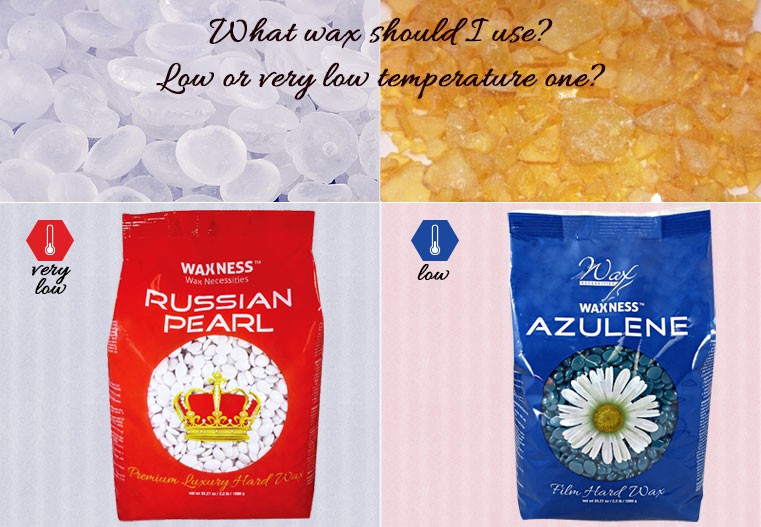 What wax should I use? Low or very low temperature one?Posted in EducationFebruary 10th 2020In present most of hard waxes are low temperature. They melt between 38 to 48 C / 100 to 118 F.Read more ...
What wax should I use? Low or very low temperature one?Posted in EducationFebruary 10th 2020In present most of hard waxes are low temperature. They melt between 38 to 48 C / 100 to 118 F.Read more ...
Featured posts
-
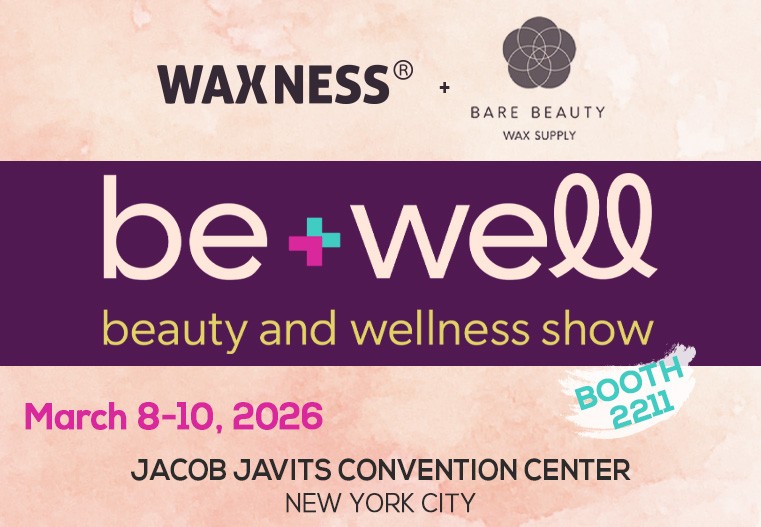 Be+Well New YorkDecember 13th 2025Posted in ShowsDecember 13th 2025March 8-10, 2026. Be+Well - Beauty and Wellness Show, New York!Read more ...
Be+Well New YorkDecember 13th 2025Posted in ShowsDecember 13th 2025March 8-10, 2026. Be+Well - Beauty and Wellness Show, New York!Read more ... -
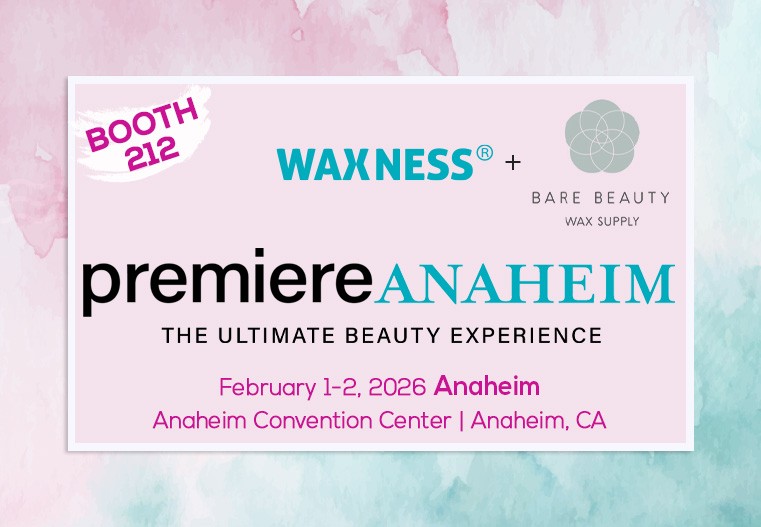 Premiere Anaheim ShowNovember 19th 2025Posted in ShowsNovember 19th 2025February 1-2, 2026. Premiere Anaheim - the Ultimate Beauty Experience in Anaheim, California!Read more ...
Premiere Anaheim ShowNovember 19th 2025Posted in ShowsNovember 19th 2025February 1-2, 2026. Premiere Anaheim - the Ultimate Beauty Experience in Anaheim, California!Read more ... -
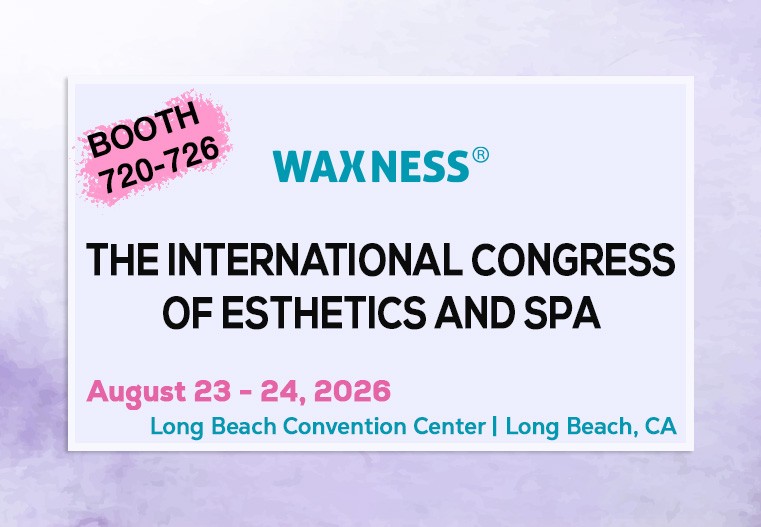 ICES Long Beach, CaliforniaOctober 8th 2025Posted in ShowsOctober 8th 2025August 23 - 24, 2026. The leading industry event for skin care and spa professionals!Read more ...
ICES Long Beach, CaliforniaOctober 8th 2025Posted in ShowsOctober 8th 2025August 23 - 24, 2026. The leading industry event for skin care and spa professionals!Read more ... -
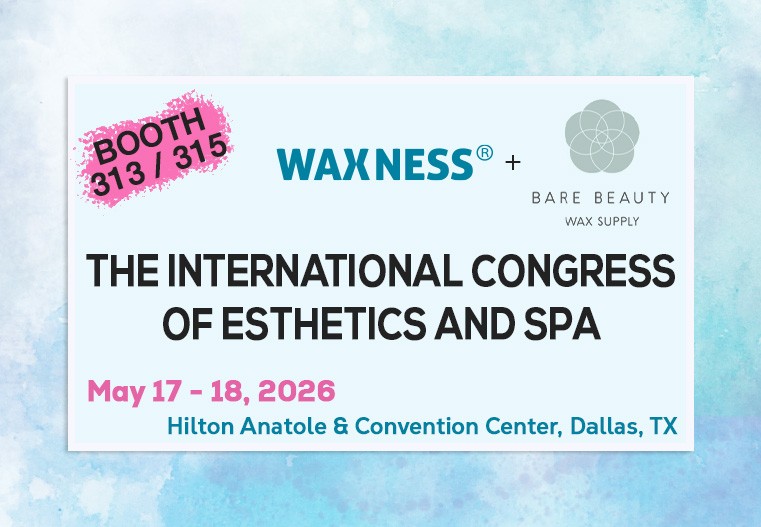 ICES Dallas, TexasJuly 12th 2025Posted in ShowsJuly 12th 2025May 17-18, 2026. The International Congress of Aesthetics and SpaRead more ...
ICES Dallas, TexasJuly 12th 2025Posted in ShowsJuly 12th 2025May 17-18, 2026. The International Congress of Aesthetics and SpaRead more ... -
 Waxness won the best value waxing brand in the US!March 26th 2025Posted in NewsMarch 26th 2025We are so grateful to be nominated as best “Value Waxing Brand in the US” for Dermascope Magazine’s 2025...Read more ...
Waxness won the best value waxing brand in the US!March 26th 2025Posted in NewsMarch 26th 2025We are so grateful to be nominated as best “Value Waxing Brand in the US” for Dermascope Magazine’s 2025...Read more ...
Blog tags
Waxing versus sugaring. Who's the winner?
Waxing is preferred by most beauticians. But lately the sugaring is in fashion. Why? Does it worth switch from waxing to sugaring? Should you try sugaring instead of waxing?
Many specialists actively suggest that customers switch from wax to sugar, because, in their opinion, after sugaring the skin remains cleaner. What is the truth we will find out after a more in-depth analysis of both. Both sugaring and waxing are methods of temporary hair removal. Wax and sugar hair removal are very similar procedures. Most often, beauticians use both materials and can combine them in a single procedure at the request of the client (for example, waxing is used in the foot area, and in the intimate area - with sugar).
Advantages and Disadvantages
Sugaring versus Waxing
1. RESULTS - The result of epilation (sugaring or waxing) is maintained for up to six weeks for. (DRAW)
2. HAIR LENGTH - Before the procedure, the hairs should reach a length of ¼- ½ inch. You need to wait for the hair to be the right length to be pulled out of the wax layer. (DRAW)
3. SKIN RESULTS - After both procedures, the skin becomes smooth and velvety, as both wax and sugar remove the upper layer of skin cells. (DRAW)
4. NUMBER OF APPLICATIONS - After both procedures, complications can occur - redness, edema, hematomas, burning sensation and pain. These are symptoms of traumatized skin. The skin is damaged when the beautician applies the material several times on the same area - this removes not only the hairs, but also the surface layer of the skin. It is not the fault of the material used, but of the beautician. Although sugaring is generally applied more times on the skin while wax is rarely required to be applied 2 times. The new generation synthetic hard waxes such as Waxness Lavender face does not adhere in the skin but they are tough on hair, rarely 2 times application is required thus it cannot inflict any damage. (Advantage Waxing)
5. SENSITIVITY AFTER SERVICE: 48 hours after any of these procedures, the skin is sensitive and needs special care after both procedures. Special pre and post lotions should be used and salt water, cosmetics, sunlight, perspiration should be avoided. (DRAW)
6. HAIR LENGTH - Sugar epilation is more effective for short hair and those grown under the skin. Sugar and lemon paste does not break the hair, and after a while it is observed that the hairs grow healthily and the folliculitis is reduced. (Advantage Sugaring)
7. APPLICATION & LEARNING: The principle of sugaring: the plastic sugar paste is applied against the direction of hair growth and it is removed by a sudden movement in the direction of its growth. The principle of waxing: Warm (not hot) wax is applied in the direction of hair growth, which is removed by a sudden movement against the direction of growth. But the procedure of sugaring is slower and more difficult then waxing. It is also harder to learn it. (Advantage Waxing)
8. DAMAGE ON THE SKIN - Sugaring it said is less harmful for people who have sensitive skin, problems with peripheral circulation and many broken capillaries. Also the common opinion is the sugar paste has unique qualities that help you solve the most common and stinging problems caused by disposable wax epilation. These may be true when referring to soft wax strip waxing. This is not applying to the new generation of hard synthetic waxes that does not adhere to the skin such as Waxness Charcoal. Also waxing rarely requires 2 applications make it less likely to cause damage. (DRAW)
9. PAIN - Both procedures are painful and the sensations are subjective. Some tolerate sugaring worse (especially when the paste is applied), and for others it is unbearably painful to remove the wax strip. (DRAW)
10. TEMPERATURE - The sugar is applied at room temperature and then heated to body temperature. The wax is hot and increases the risk of skin sensitivity due to the chemicals present in the wax or burning the skin. Sugar and lemon paste should not be used hot, but lukewarm and thus reduce the irritation that usually occurs after a "hot" hair removal session. The new generations of polymeric hard wax eliminate the possibility of burning, therefore sugaring has no advantage here. (DRAW)
11. TIMING - Waxing is easy to learn and the hair disappears from the skin with the strips or without strips. It rarely takes a second application, which makes it very fast. Sugaring is slower, harder to learn and takes more time making it less profitable. (Advantage Waxing)
12. EFFECTIVENESS: Thus, the effectiveness of the procedure depends more on the skill of the beautician. If it catches the hair correctly and does not break it during removal, then the procedure will be effective with both sugar and wax. The waxing is faster and more accurate although. (Advantage Waxing)
13. ACCURACY - Waxing is more accurate and faster then sugaring. Adding that is easier to learn this creates a great advantage. (Advantage Waxing) Let's not forget the personal predisposition: subjective sensations, skin sensitivity, allergic reactions and other factors that determine the feeling of satisfaction after the procedure.
CONCLUSION - Although sugaring seems to have advantage over waxing when it comes on how gentle and hypoallergenic is regarding the skin, this advantage is lost with the new polymeric hard wax formulations, that are extremely gentle and hypoallergenic. The great advantages of waxing are that is easier to learn, faster, more accurate, more effective.
Therefore, in our opinion waxing is the winner but, to make the best choice, it would be good to try both procedures. Remember that the right method for you will not necessarily be right for your friend.
Similar products
-
Sugar Paste Soft 14.1 oz / 400 ml
Old price: $15.21
Price: $13.99
Discount: -8%
Save up: -$1.22
100% Natural
Biodegradable
Water-Soluble
No Citric Acid
Cold Climates and...
-
Sugaring Hair Removal Kit
Old price: $69.94
Price: $64.31
Discount: -8%
Save up: -$5.63
This complete sugaring kit contains
-Soft Sugar Paste Honey and Propolis...
-
White Tea Cream Stripless Waxing Kit with 35.27 oz / 1 kg Wax Bag
Old price: $69.94
Price: $64.31
Discount: -8%
Save up: -$5.63
This professional kit contains:
- 1 Waxness Hard Wax Beads HMetallic Warmer...
-
Polymer Blend Premium Luxury Hard Wax Beads Russian Pearl 2.2 lb / 35.27 oz
Old price: $30.44
Price: $27.99
Discount: -8%
Save up: -$2.45
Premium Hypoallergenic Polymer Blend Synthetic Resin
Ultra-Low Temperature...
-
Sugar Paste Soft 14.1 oz / 400 ml
Old price: $15.21 Price: $13.99 Discount: -8% Save up: -$1.22100% Natural Biodegradable Water-Soluble No Citric Acid Cold Climates and... -
Sugaring Hair Removal Kit
Old price: $69.94 Price: $64.31 Discount: -8% Save up: -$5.63This complete sugaring kit contains -Soft Sugar Paste Honey and Propolis... -
White Tea Cream Stripless Waxing Kit with 35.27 oz / 1 kg Wax Bag
Old price: $69.94 Price: $64.31 Discount: -8% Save up: -$5.63This professional kit contains: - 1 Waxness Hard Wax Beads HMetallic Warmer... -
Polymer Blend Premium Luxury Hard Wax Beads Russian Pearl 2.2 lb / 35.27 oz
Old price: $30.44 Price: $27.99 Discount: -8% Save up: -$2.45Premium Hypoallergenic Polymer Blend Synthetic Resin Ultra-Low Temperature...
Related posts
-
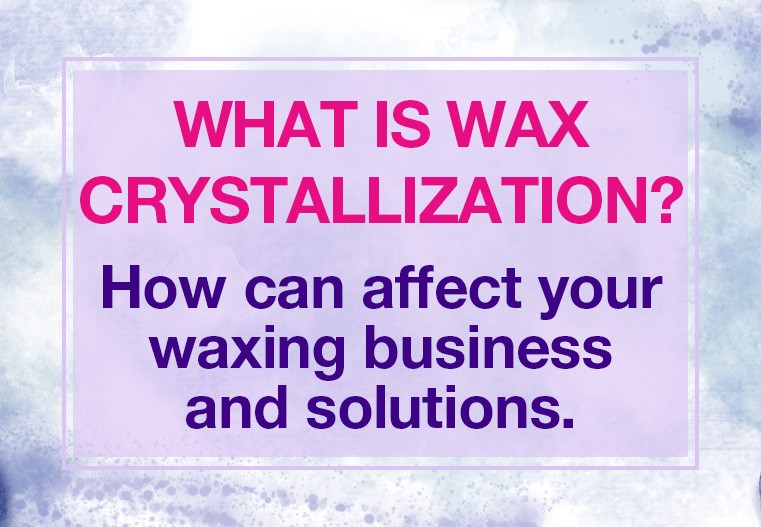 What is wax crystallization?Posted in: EducationDecember 8th 2023December 8th 2023How can affect your waxing business and solutions.
What is wax crystallization?Posted in: EducationDecember 8th 2023December 8th 2023How can affect your waxing business and solutions. -
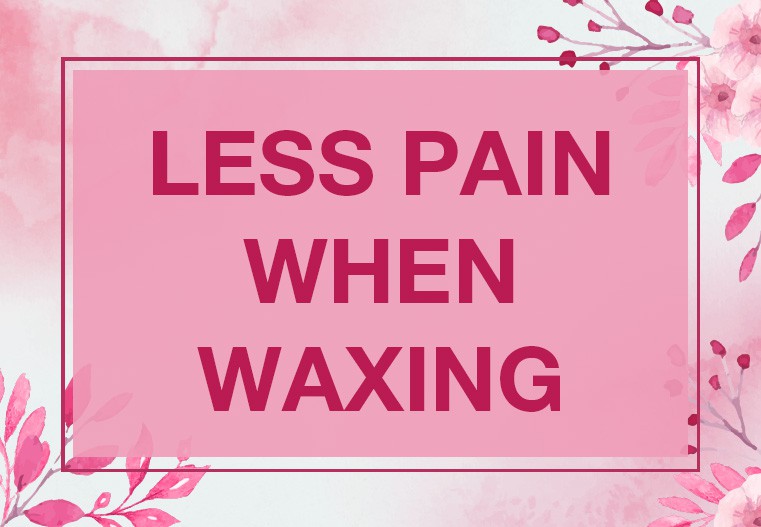 Less Pain When WaxingPosted in: EducationDecember 28th 2020December 28th 2020Waxing is a nightmare for all women, but a few simple tricks can help you significantly reduce the pain during...
Less Pain When WaxingPosted in: EducationDecember 28th 2020December 28th 2020Waxing is a nightmare for all women, but a few simple tricks can help you significantly reduce the pain during... -
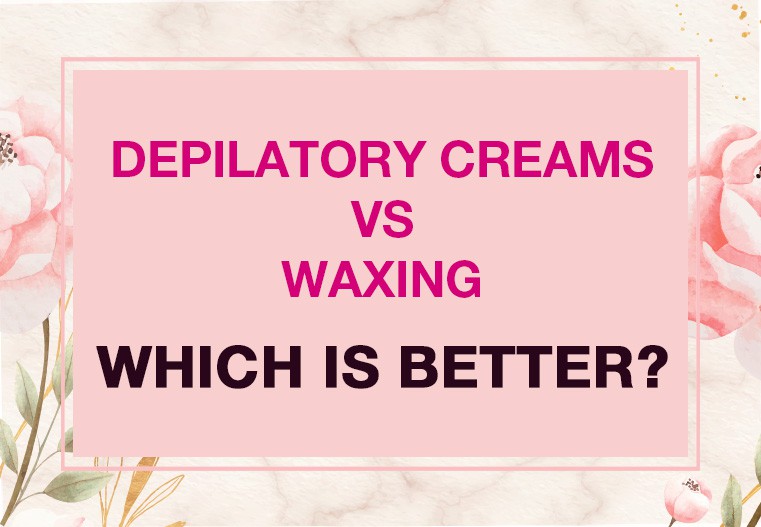 Depilatory creams VS Waxing. Which is better?Posted in: EducationJuly 1st 2020July 1st 2020Because hair removal has a long history, and most of today’s methods have been used for hundreds or thousands of...
Depilatory creams VS Waxing. Which is better?Posted in: EducationJuly 1st 2020July 1st 2020Because hair removal has a long history, and most of today’s methods have been used for hundreds or thousands of... -
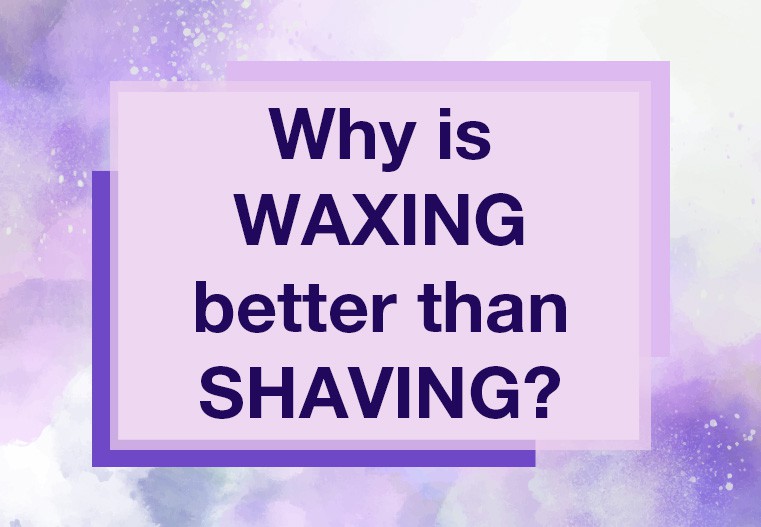 Why is waxing better than shaving?Posted in: EducationMarch 31st 2020March 31st 2020Here are few reasons that will help you convince your new customers waxing is better than shaving:
Why is waxing better than shaving?Posted in: EducationMarch 31st 2020March 31st 2020Here are few reasons that will help you convince your new customers waxing is better than shaving: -
 What wax should I use? Low or very low temperature one?Posted in: EducationFebruary 10th 2020February 10th 2020In present most of hard waxes are low temperature. They melt between 38 to 48 C / 100 to 118 F.
What wax should I use? Low or very low temperature one?Posted in: EducationFebruary 10th 2020February 10th 2020In present most of hard waxes are low temperature. They melt between 38 to 48 C / 100 to 118 F.

